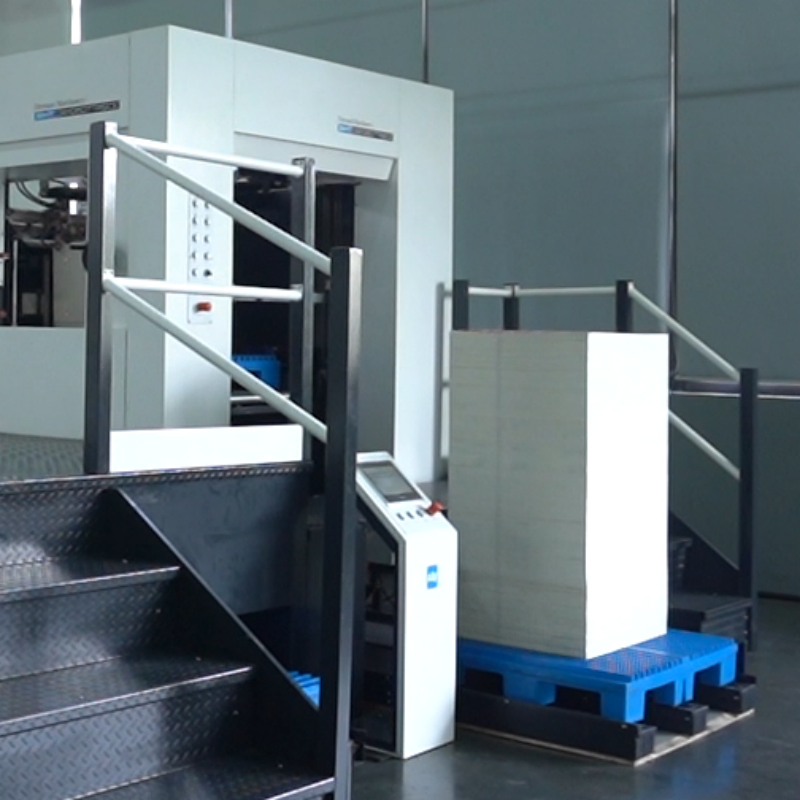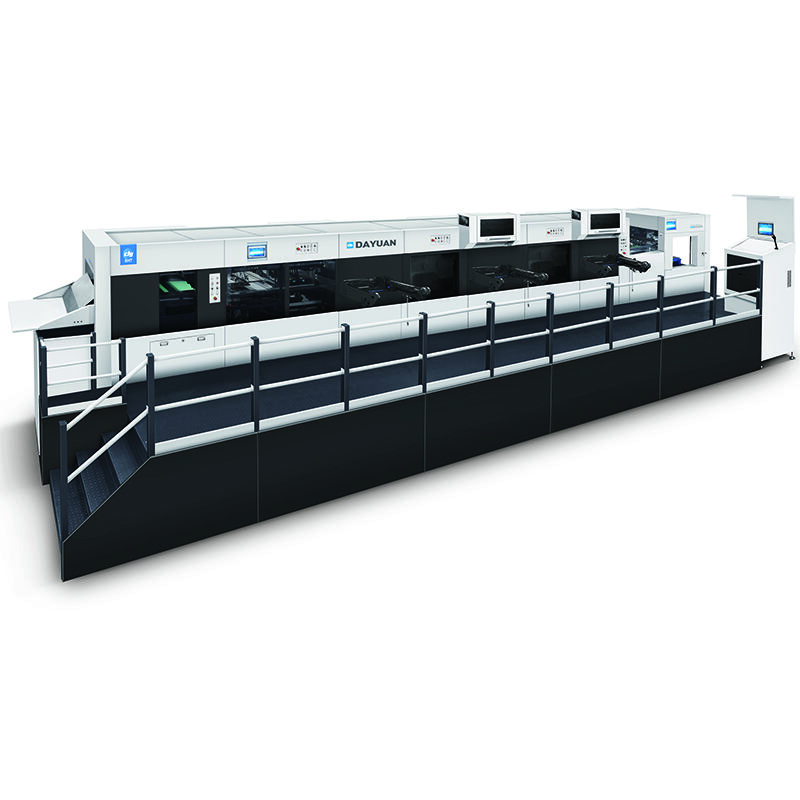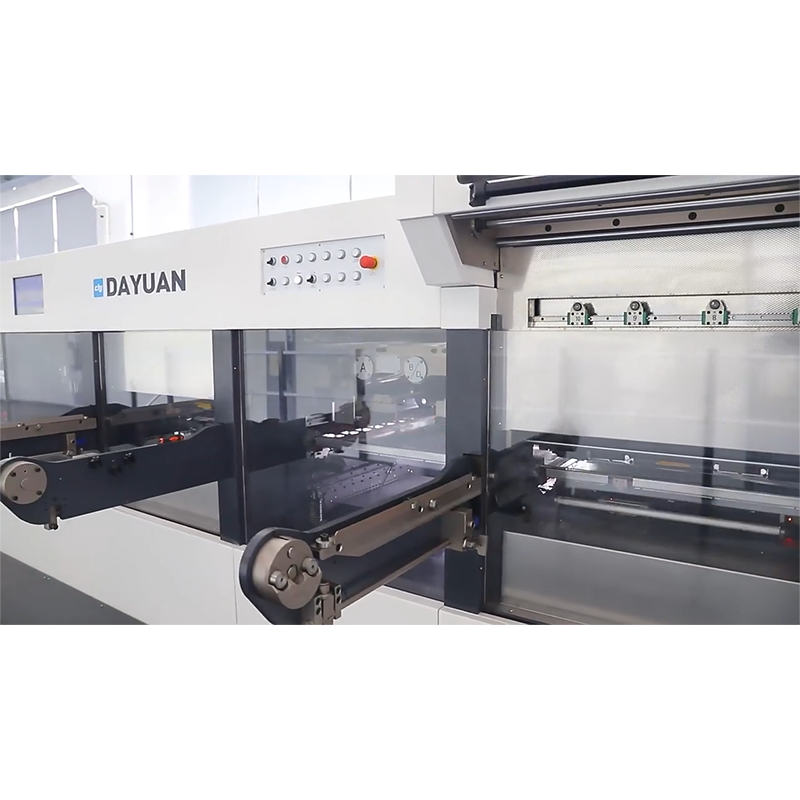Intelligent Process Monitoring
The intelligent process monitoring system represents a cornerstone of modern hot stamping technology. This comprehensive system continuously tracks and analyzes multiple process parameters including pressure distribution, temperature evolution, and material flow. Advanced sensors throughout the machine provide real-time data that is processed by sophisticated algorithms to detect any deviations from optimal conditions. The system can automatically adjust process parameters to maintain quality standards and prevent defects. Historical data analysis capabilities enable predictive maintenance and process optimization, reducing downtime and improving overall equipment effectiveness. The monitoring system also includes advanced quality assurance features that can detect potential issues before they affect product quality, ensuring consistent output and reducing waste.


